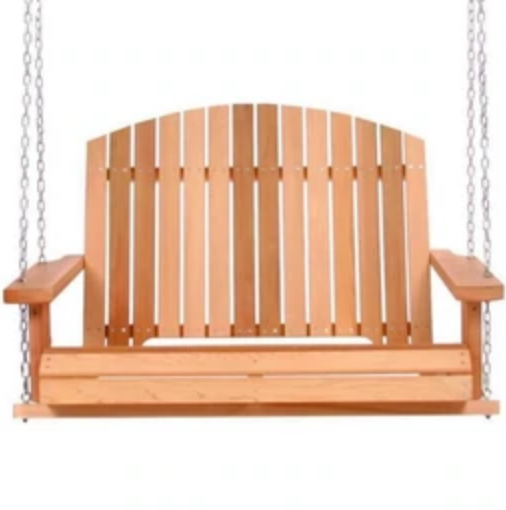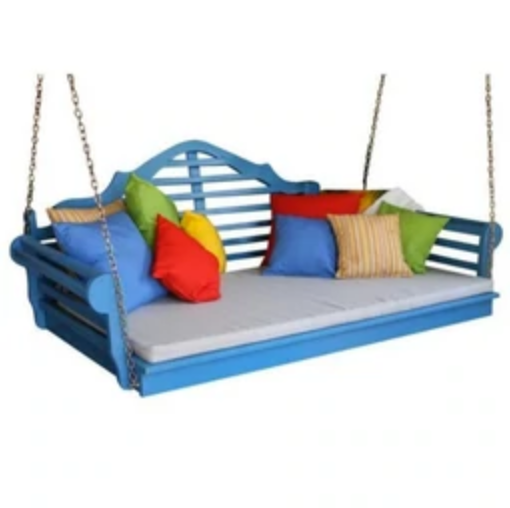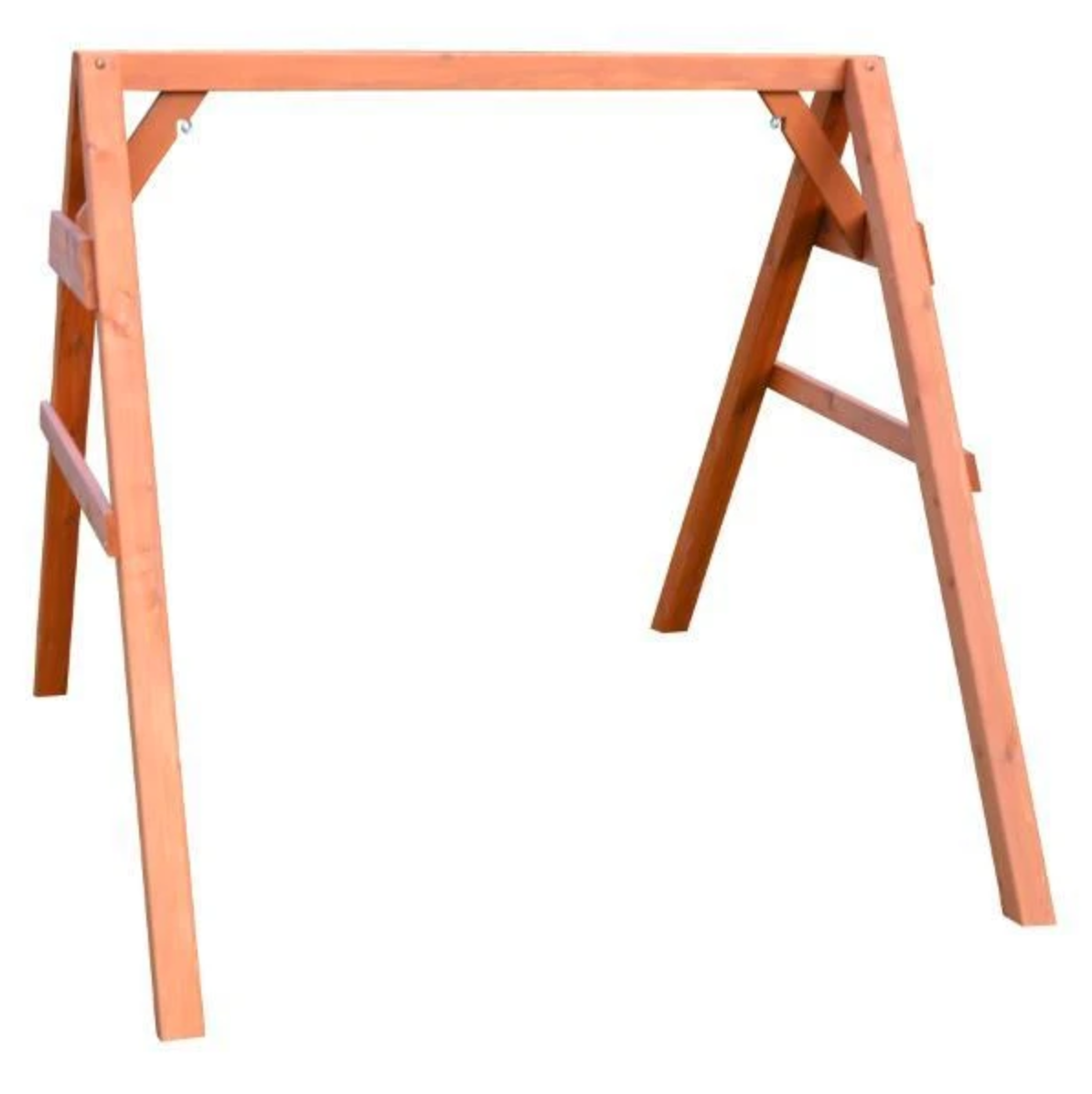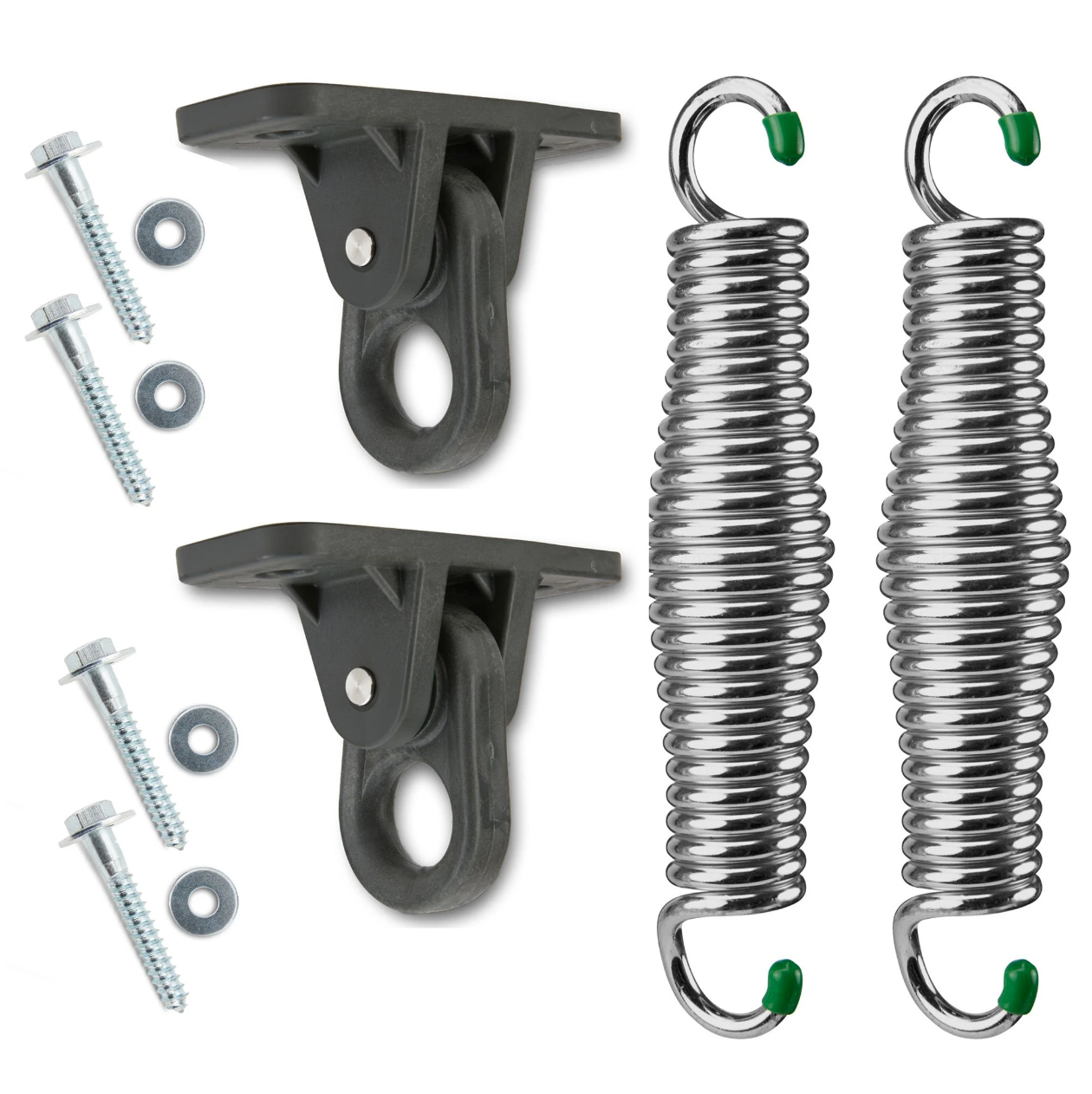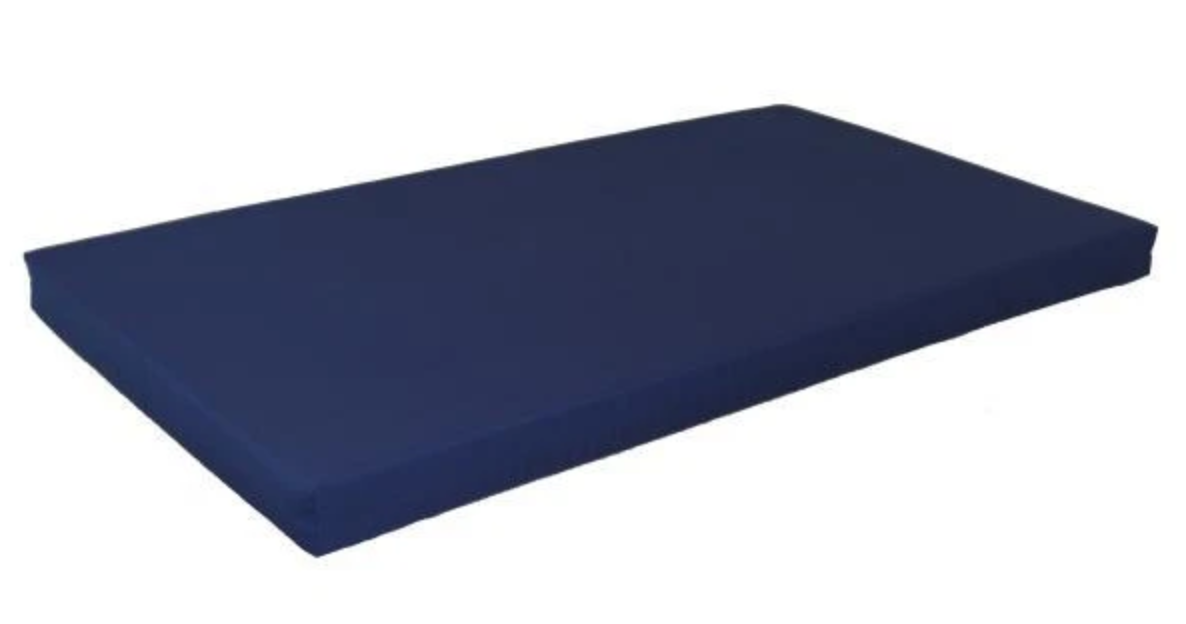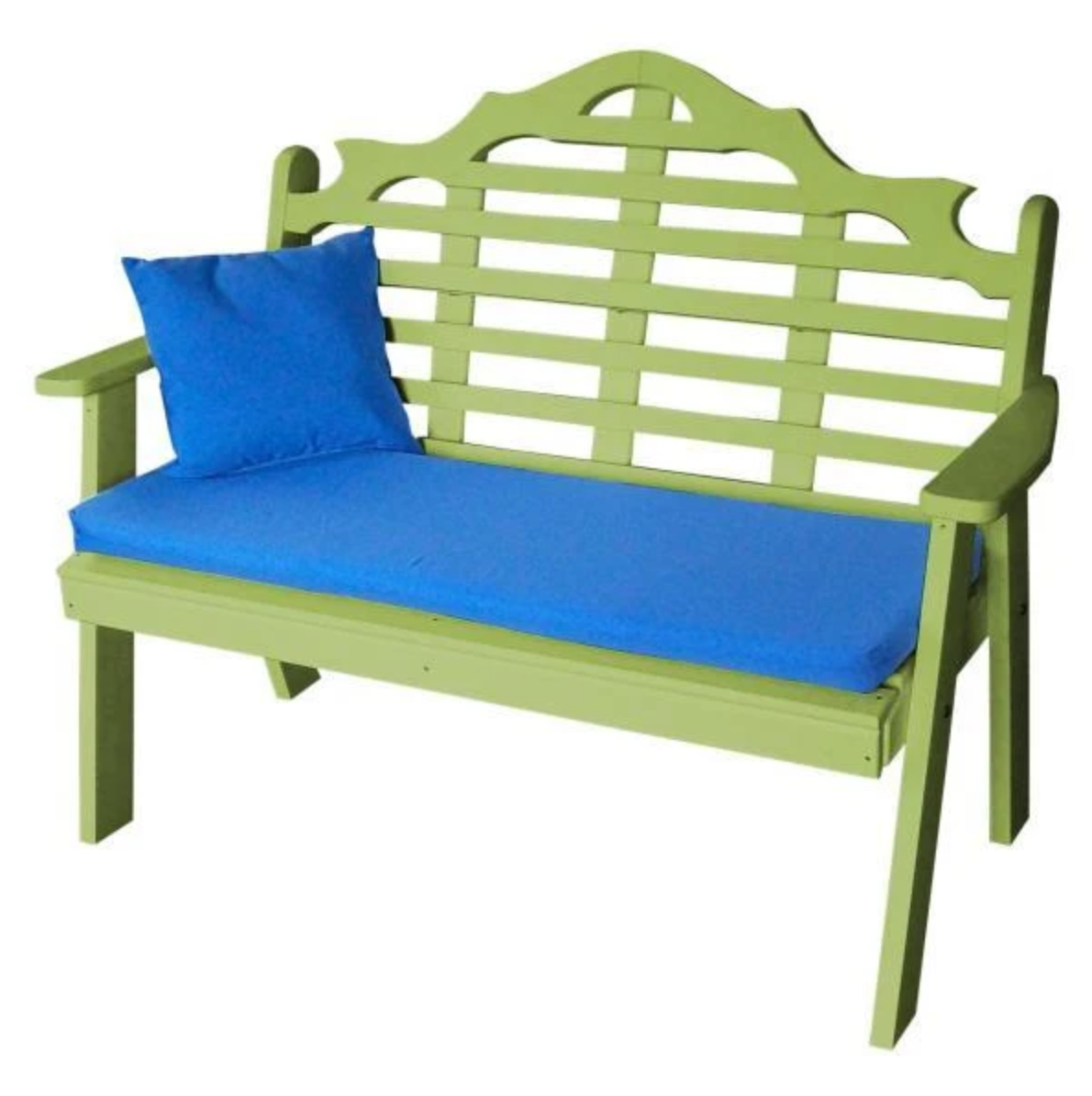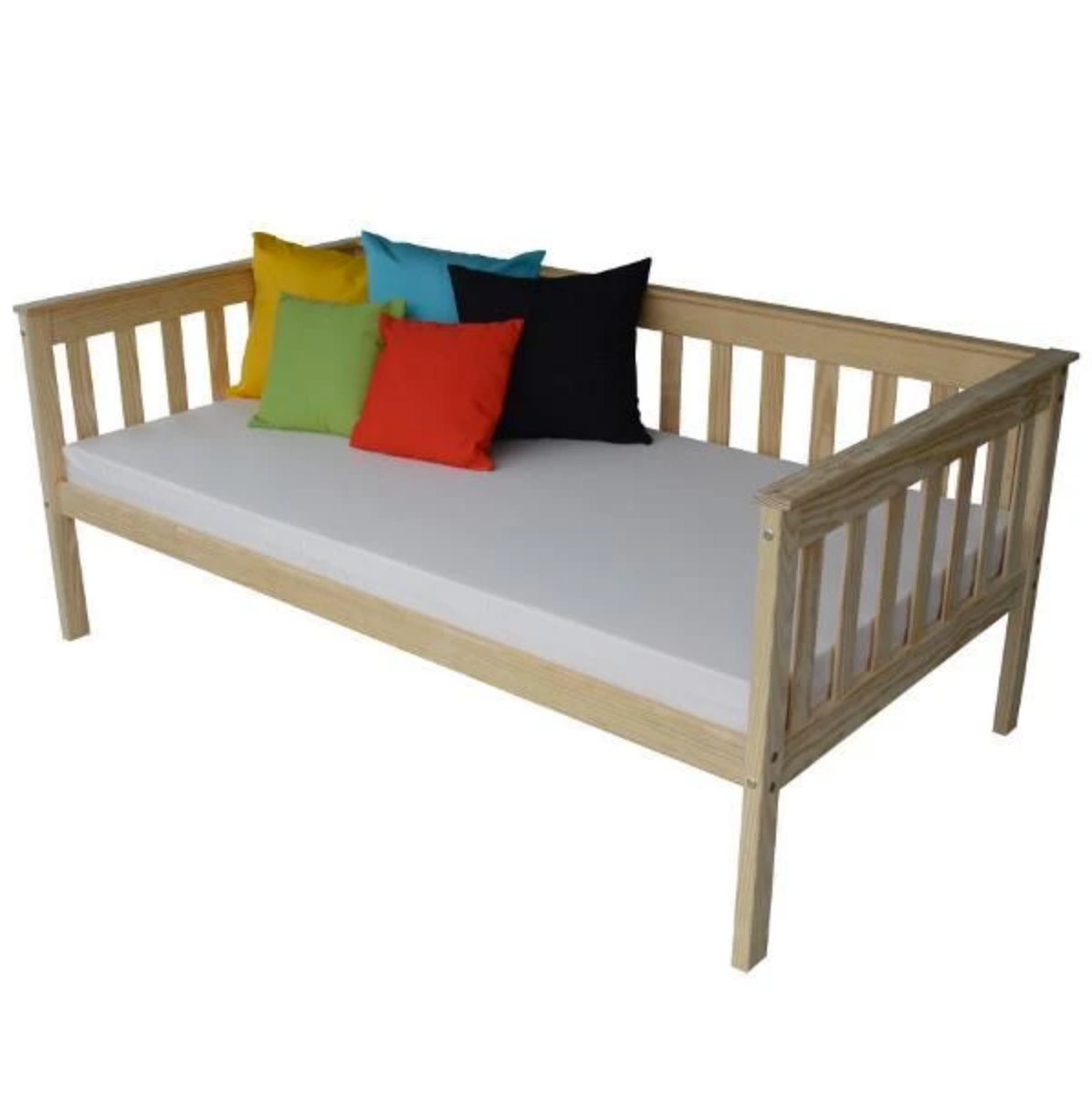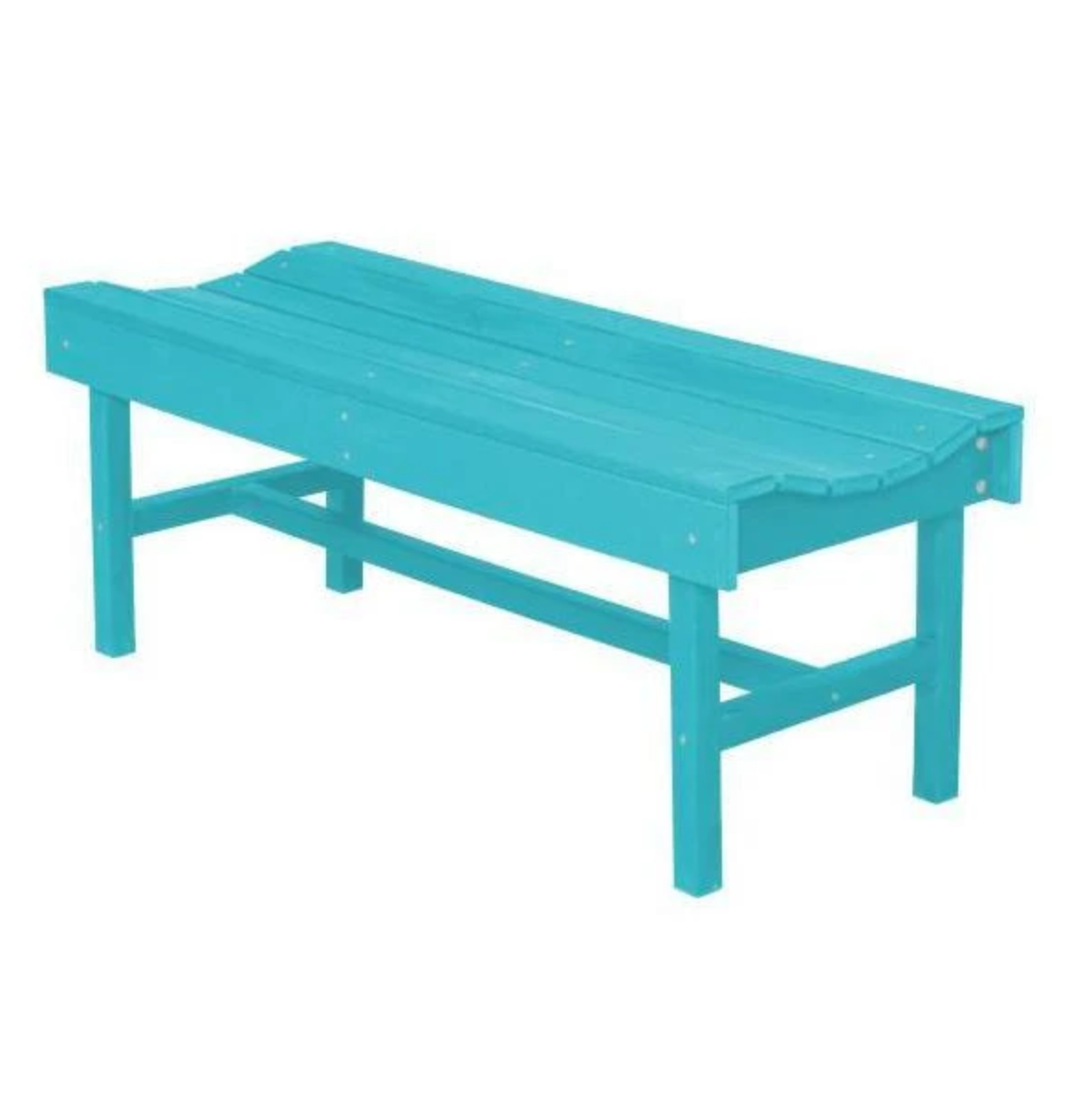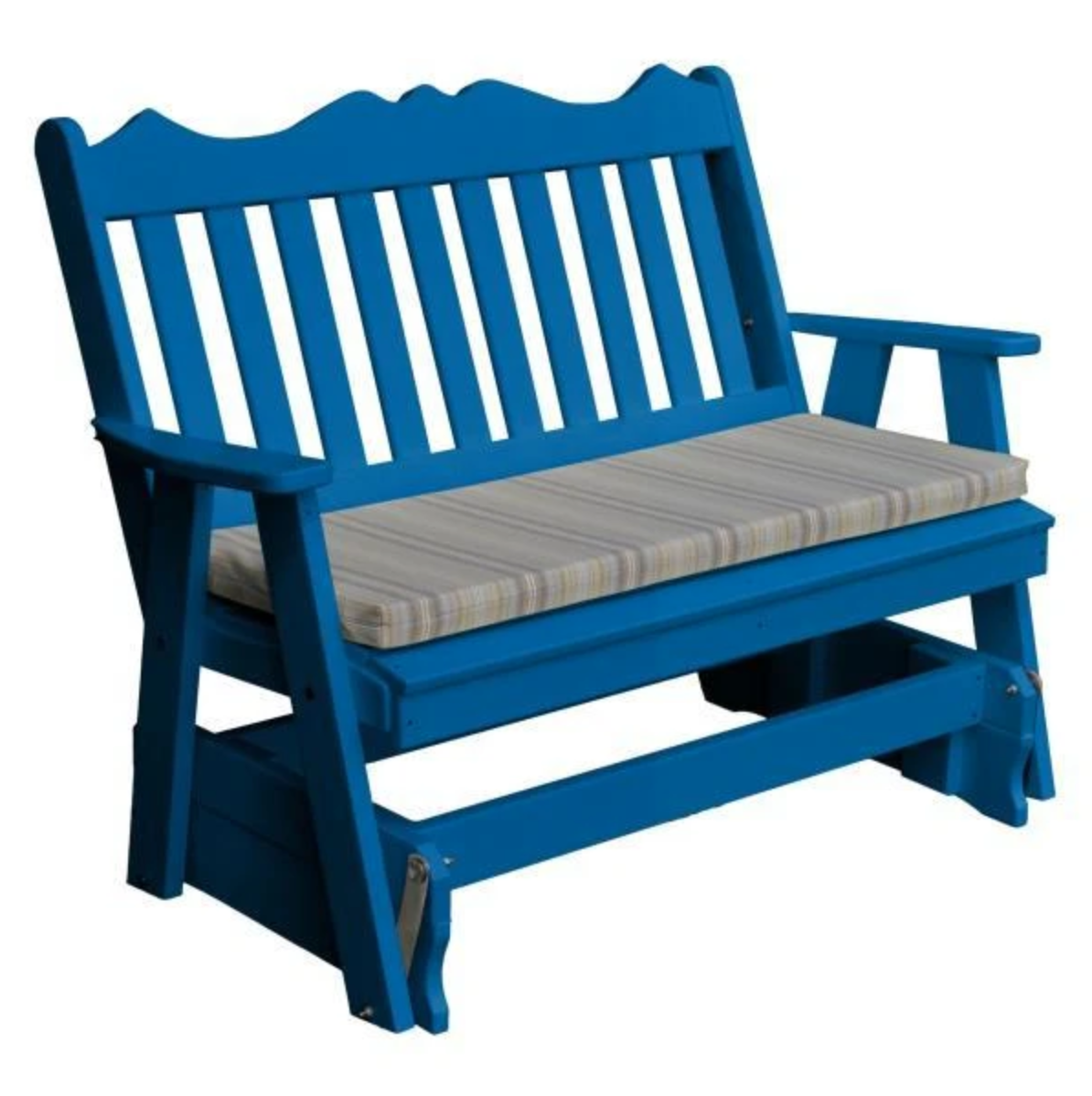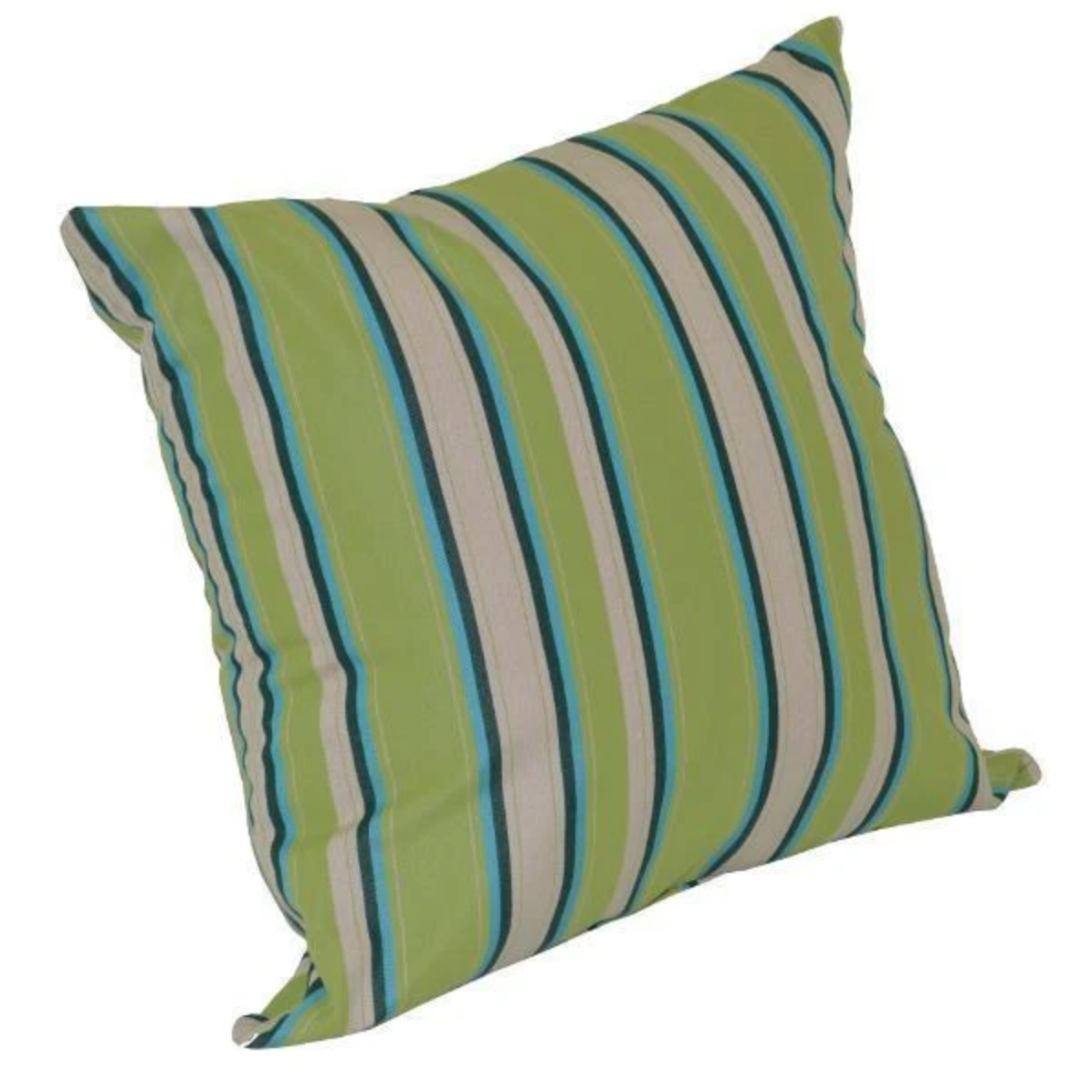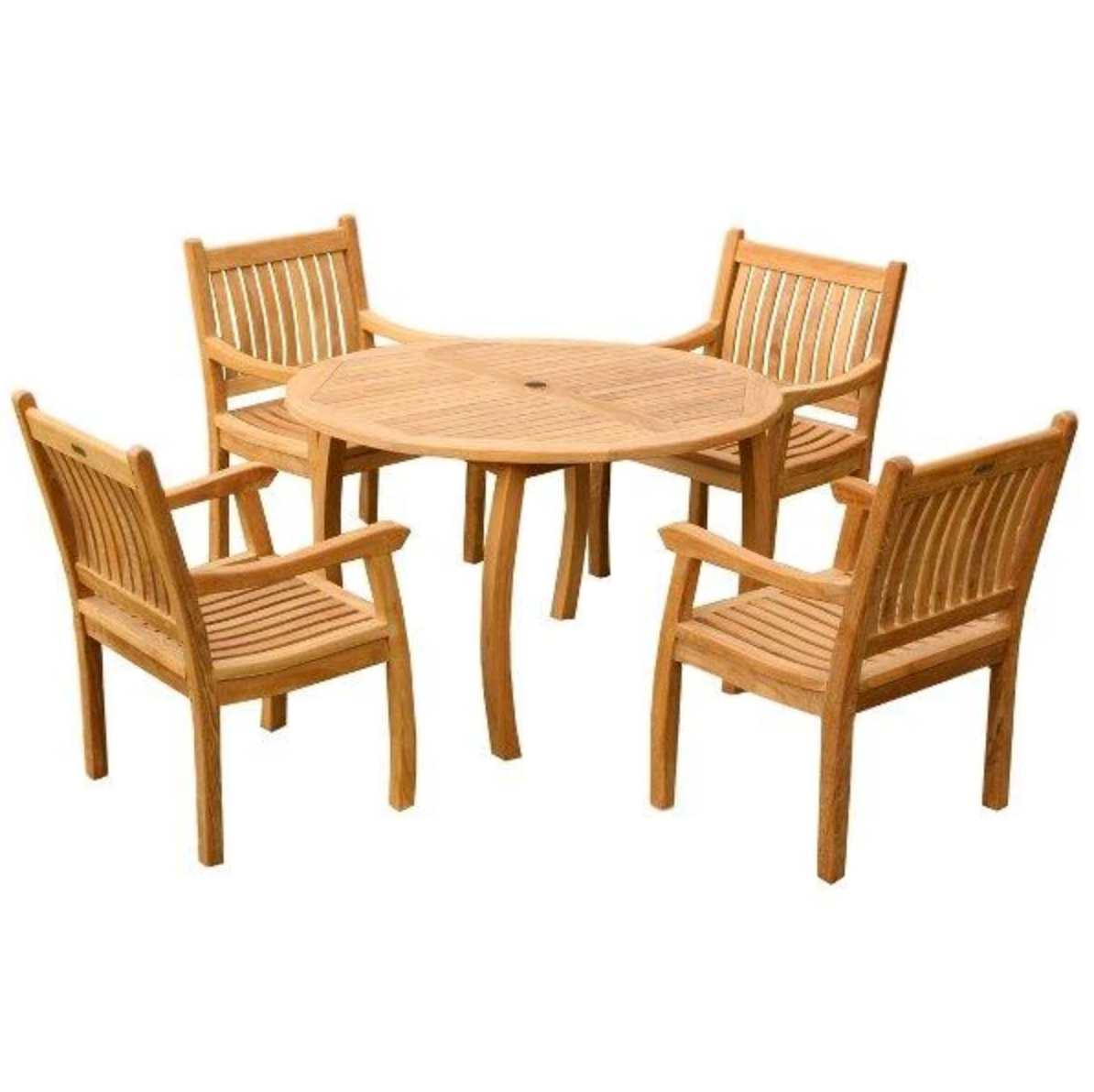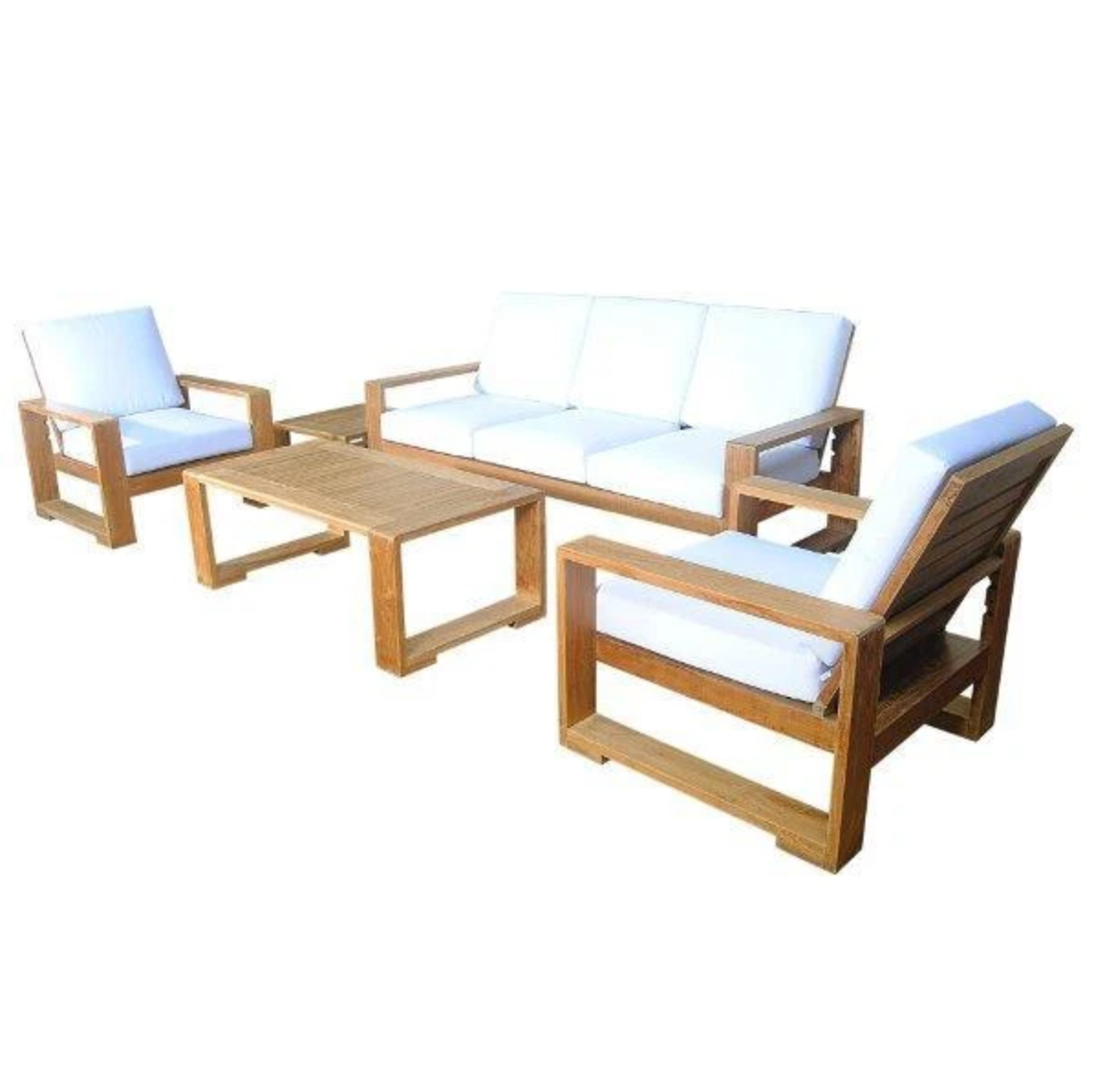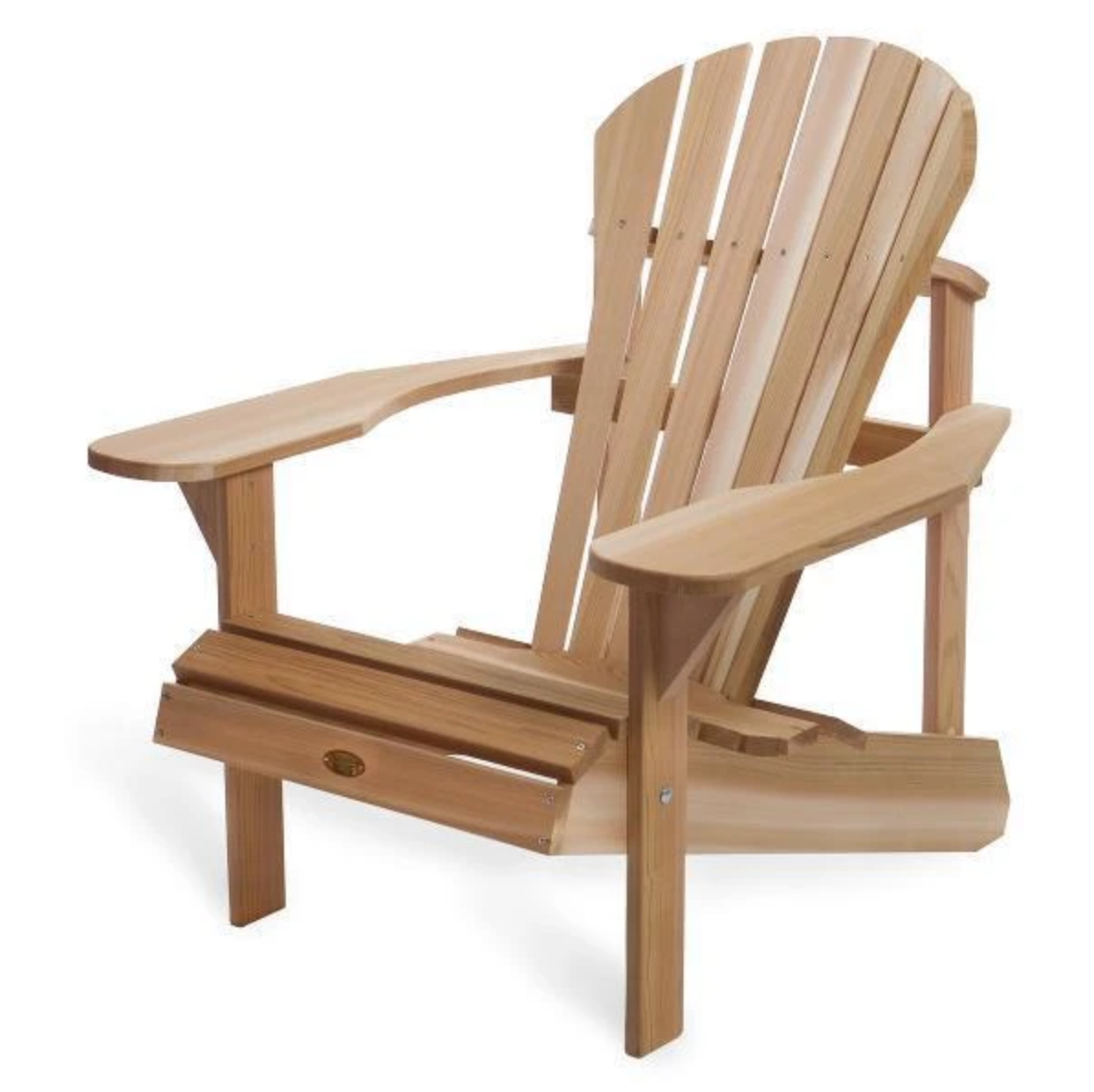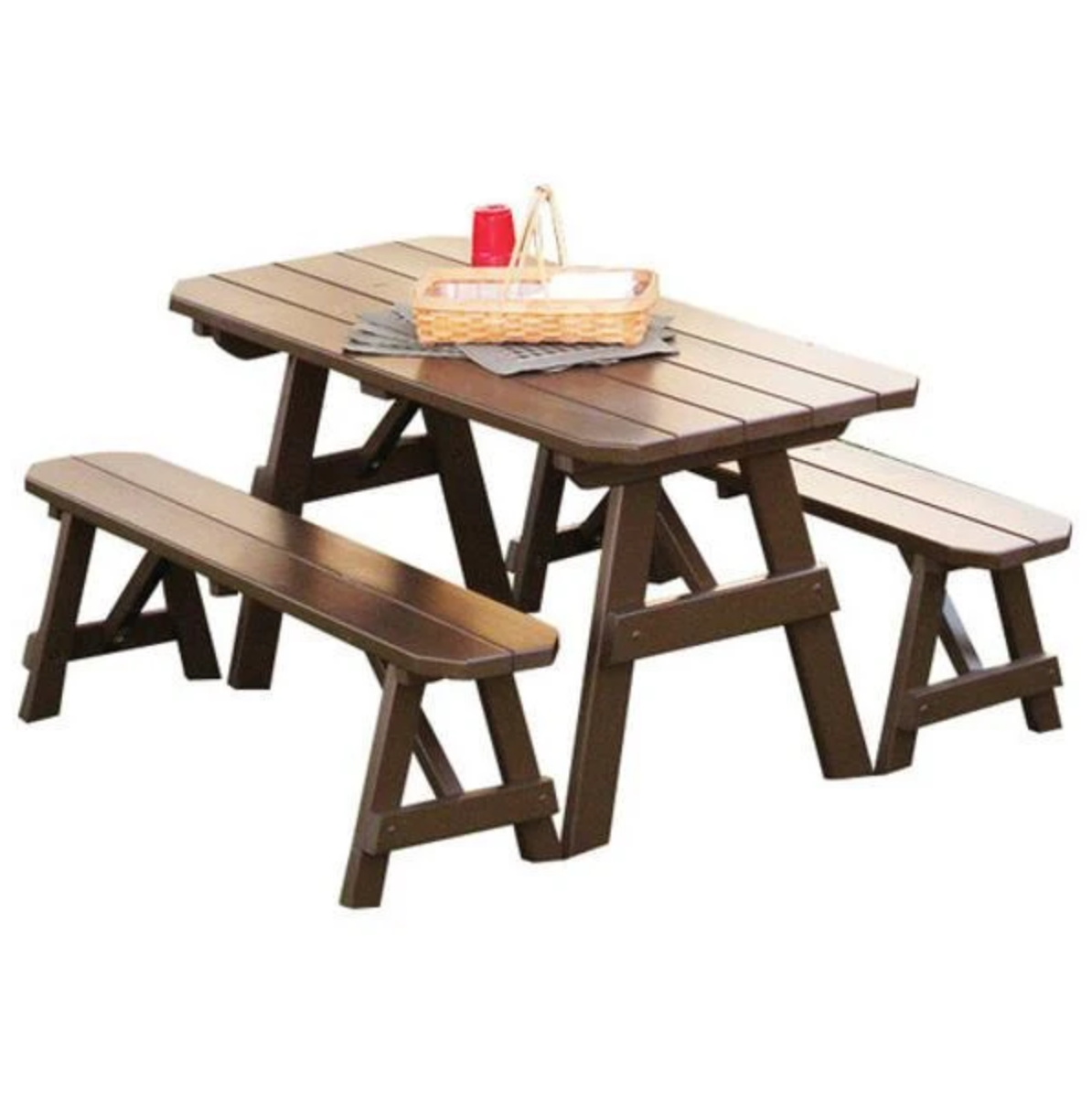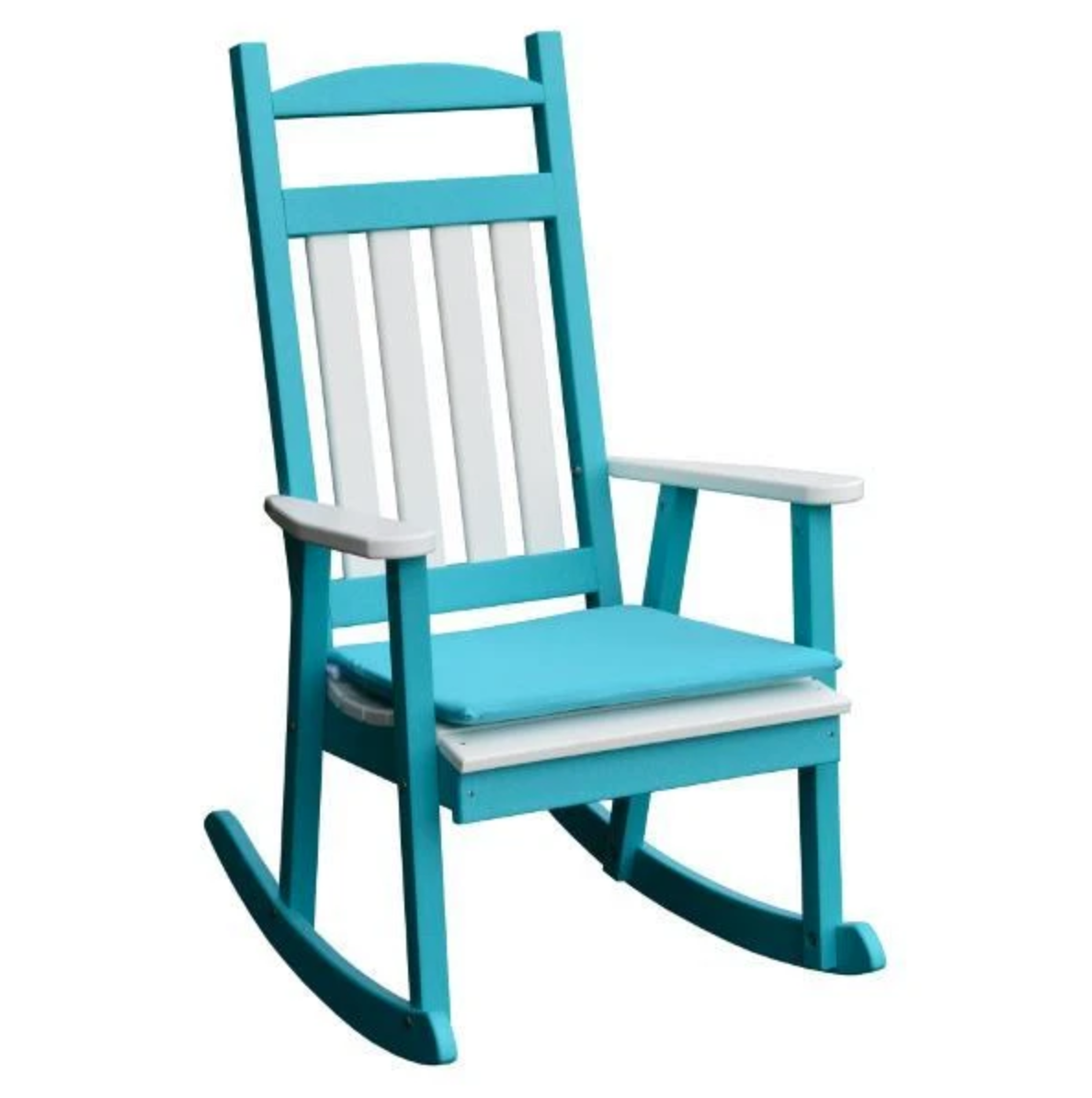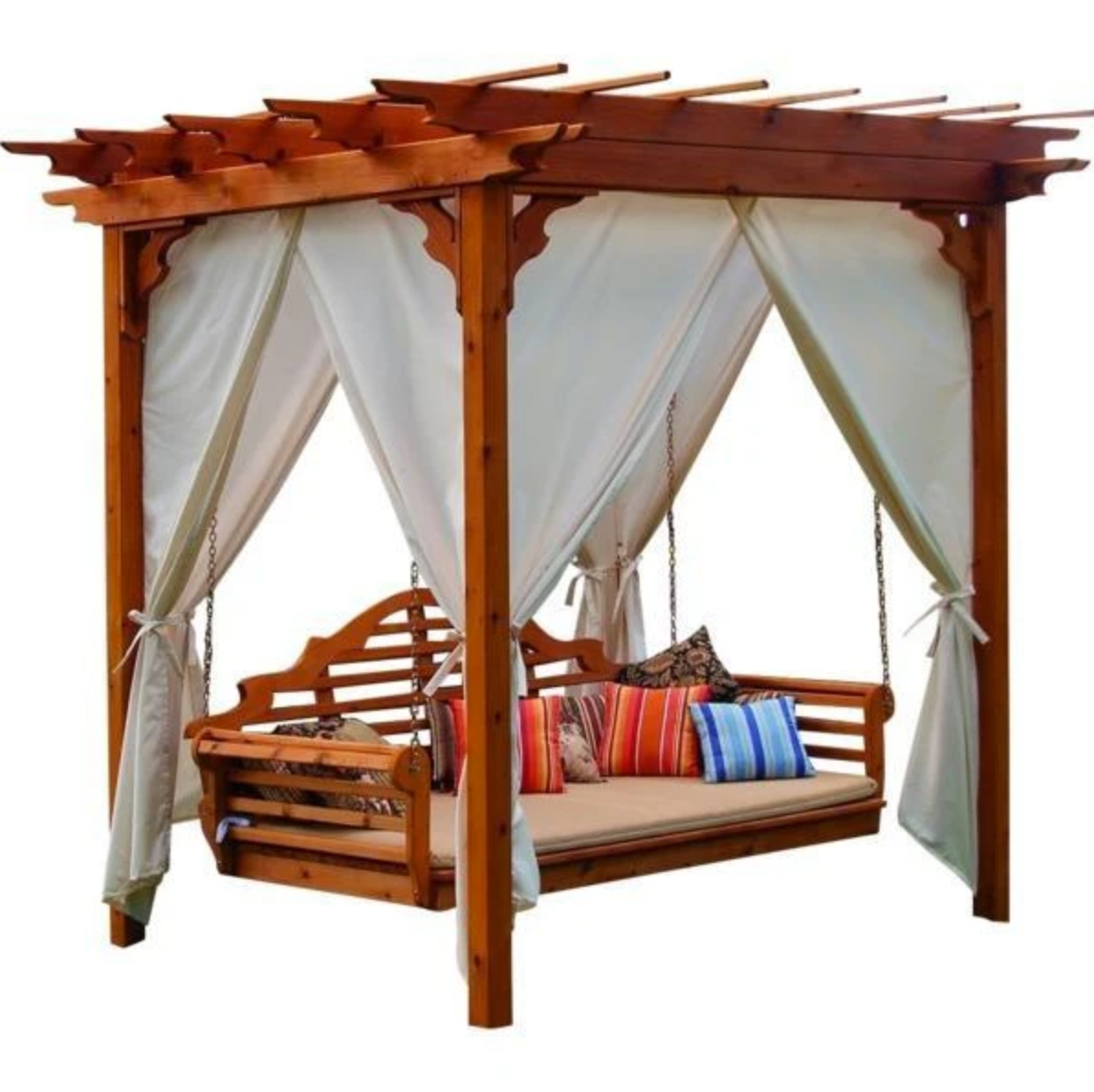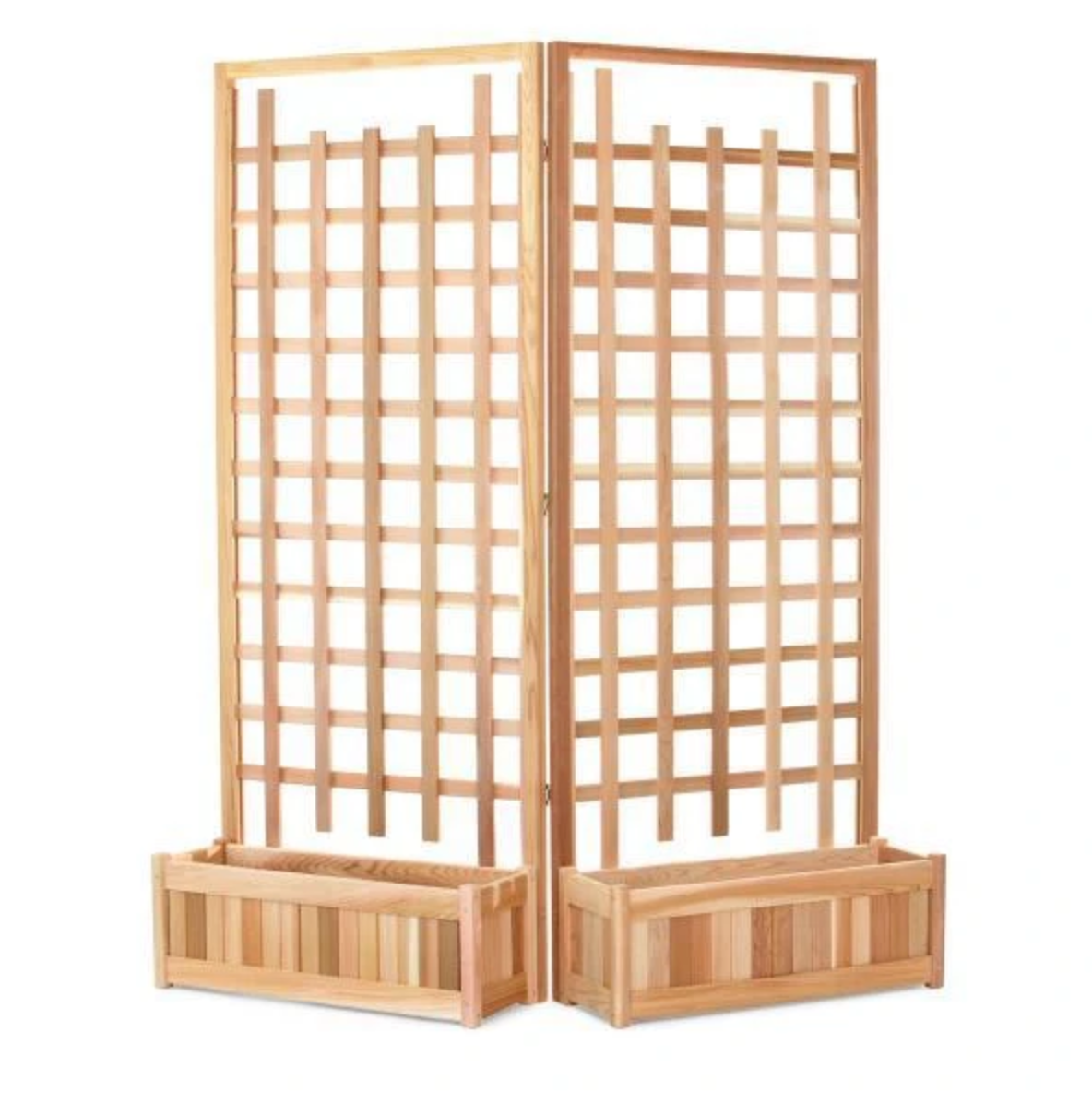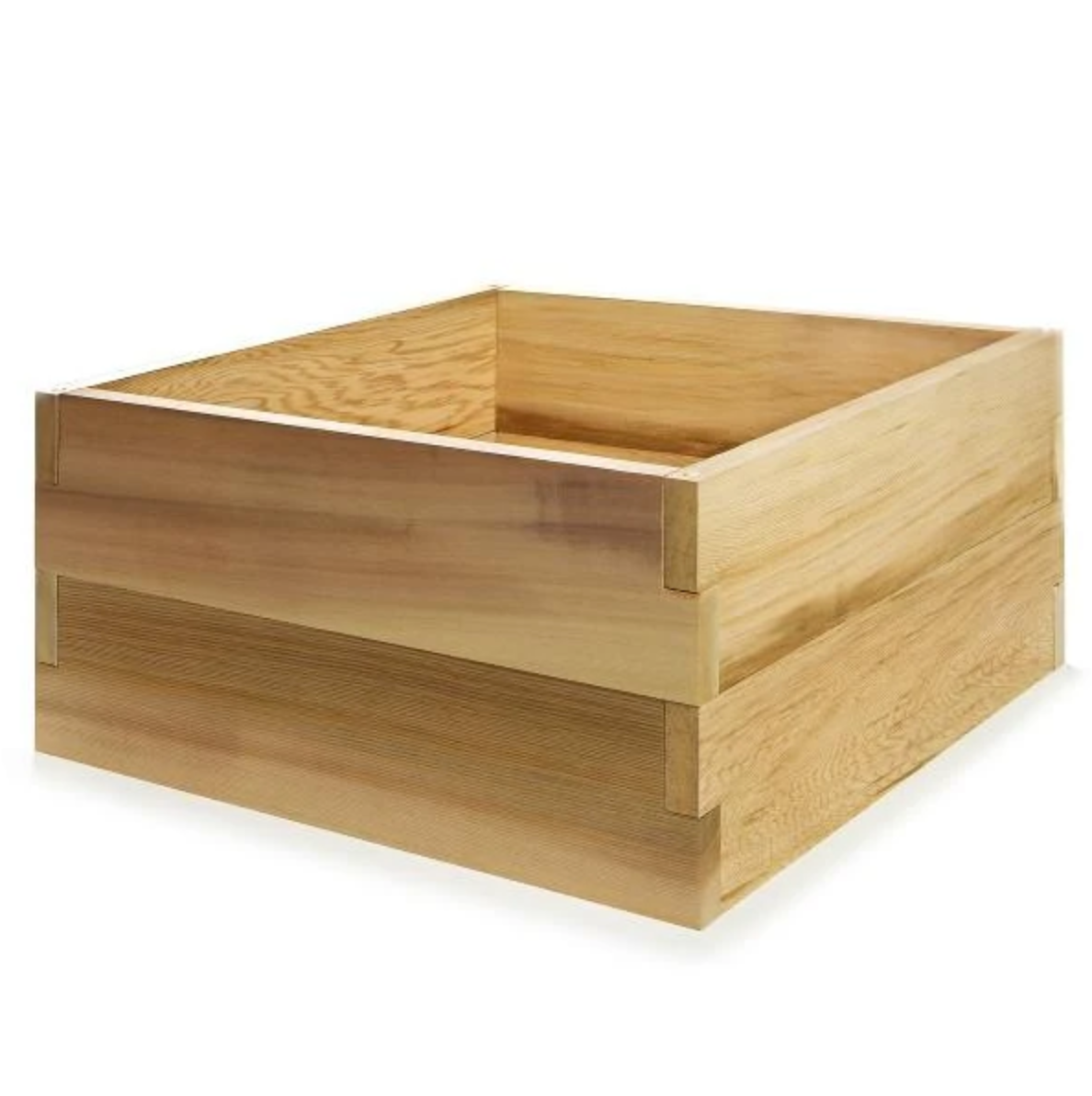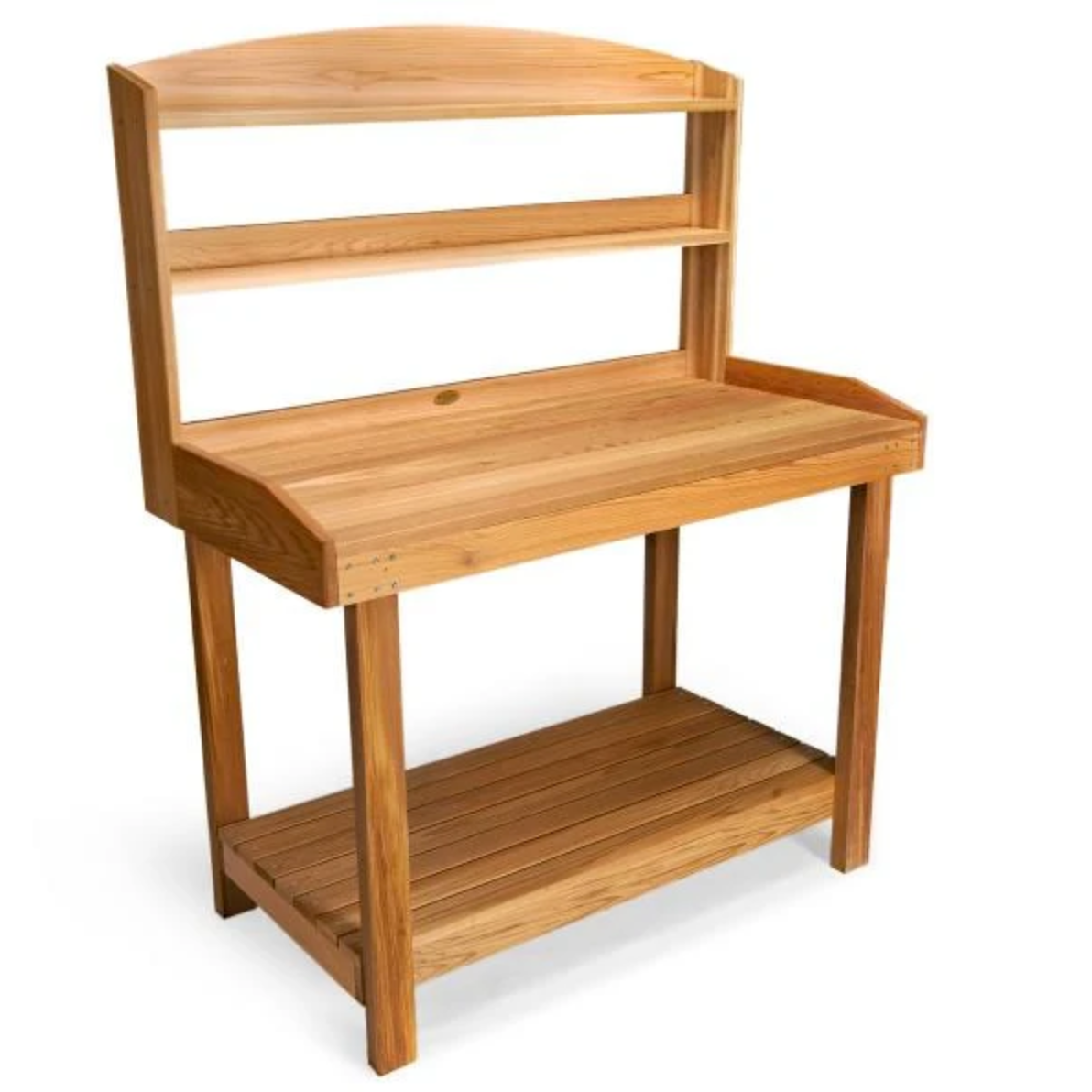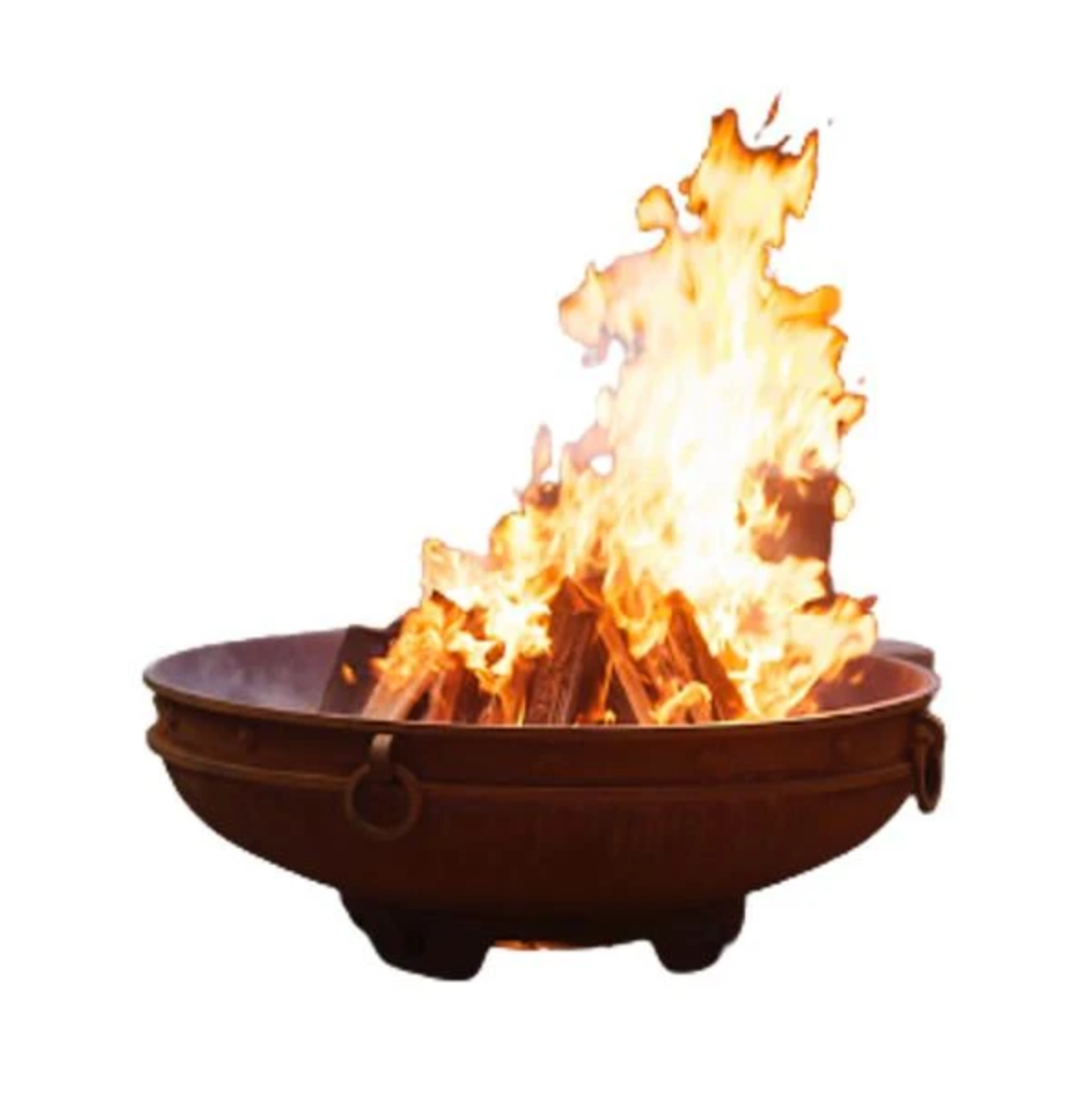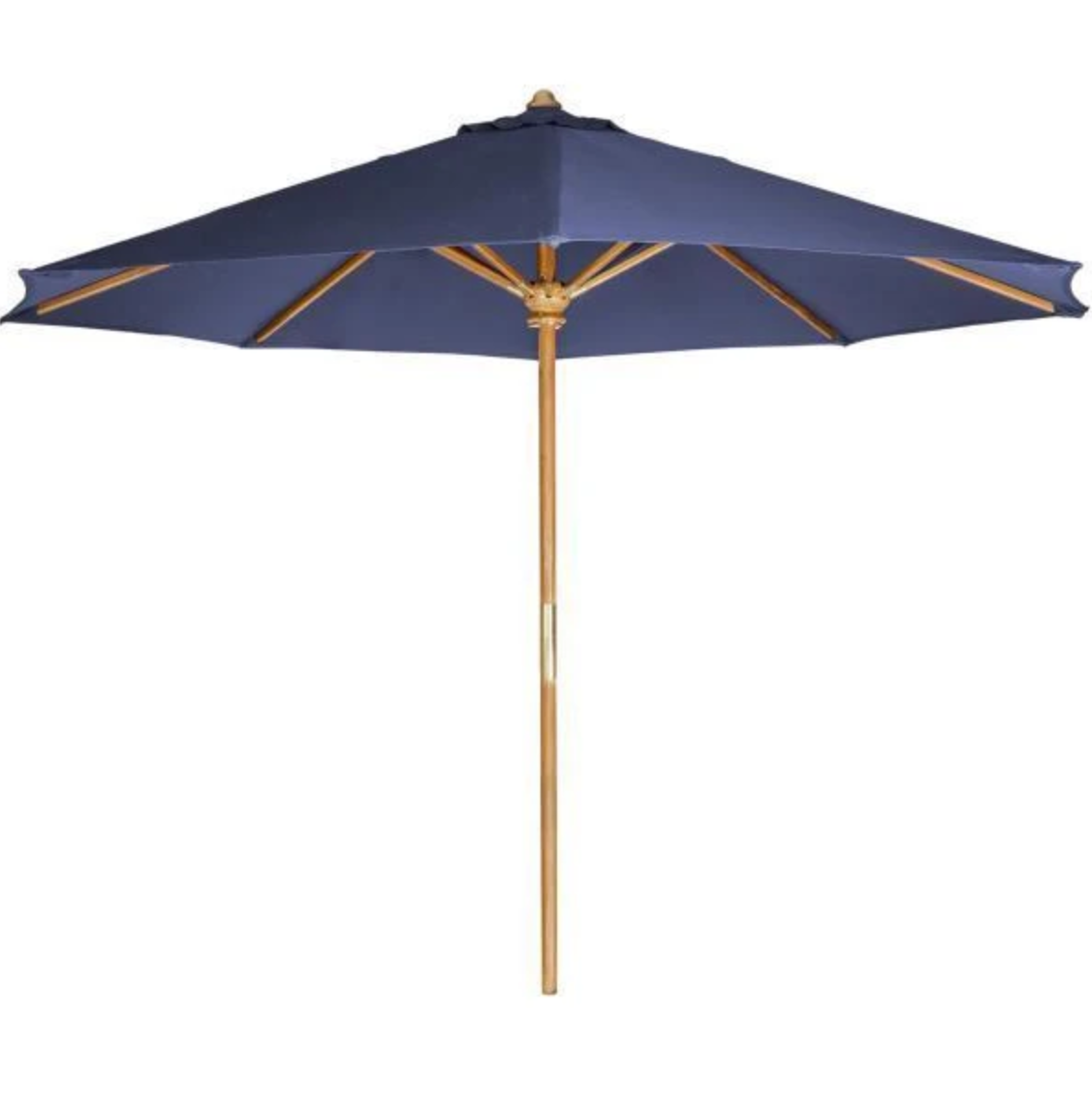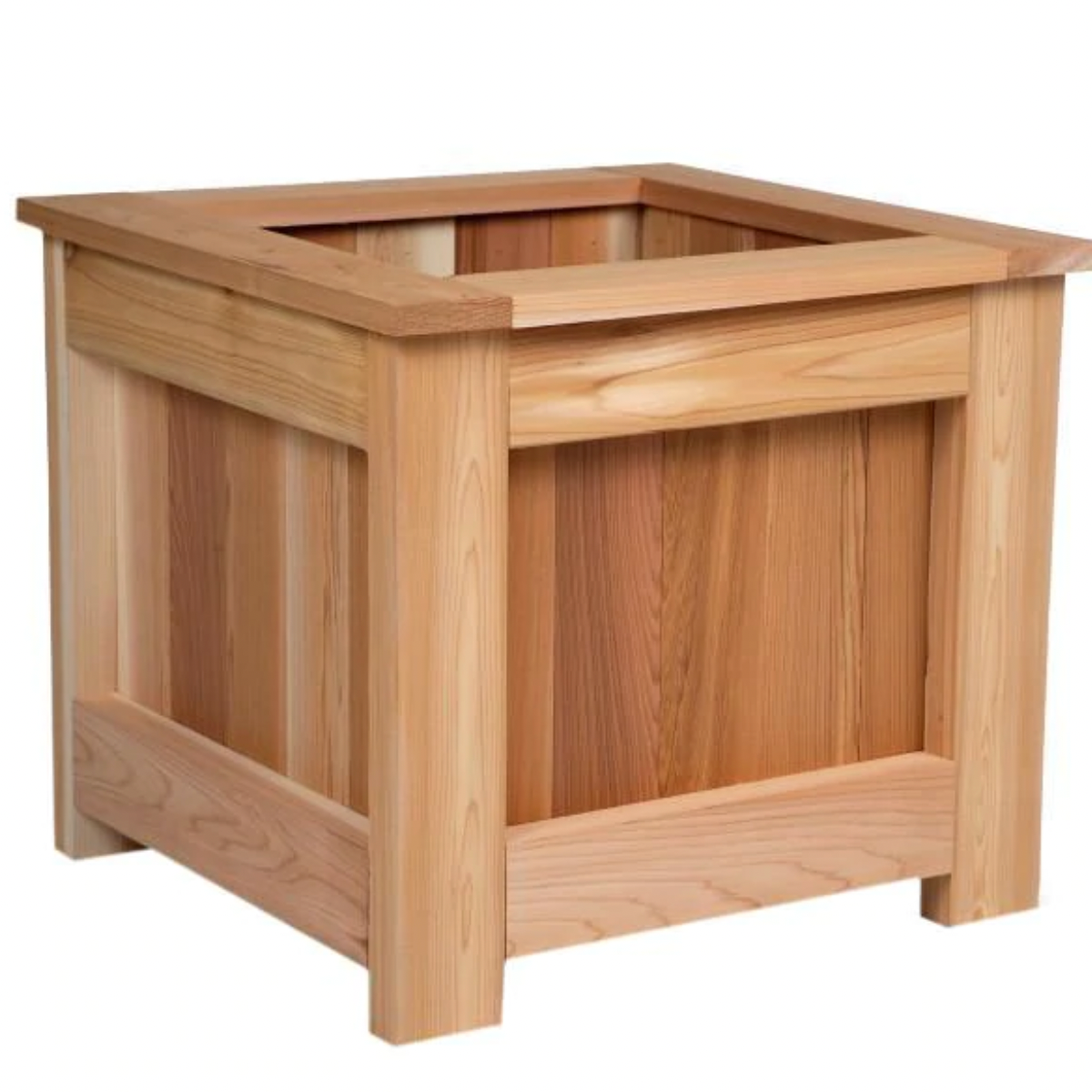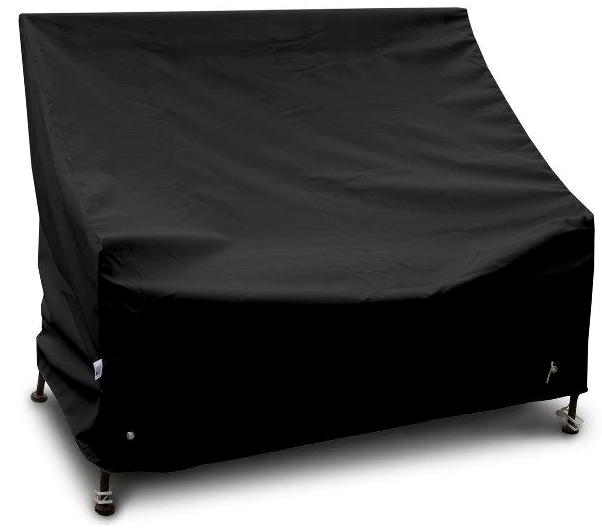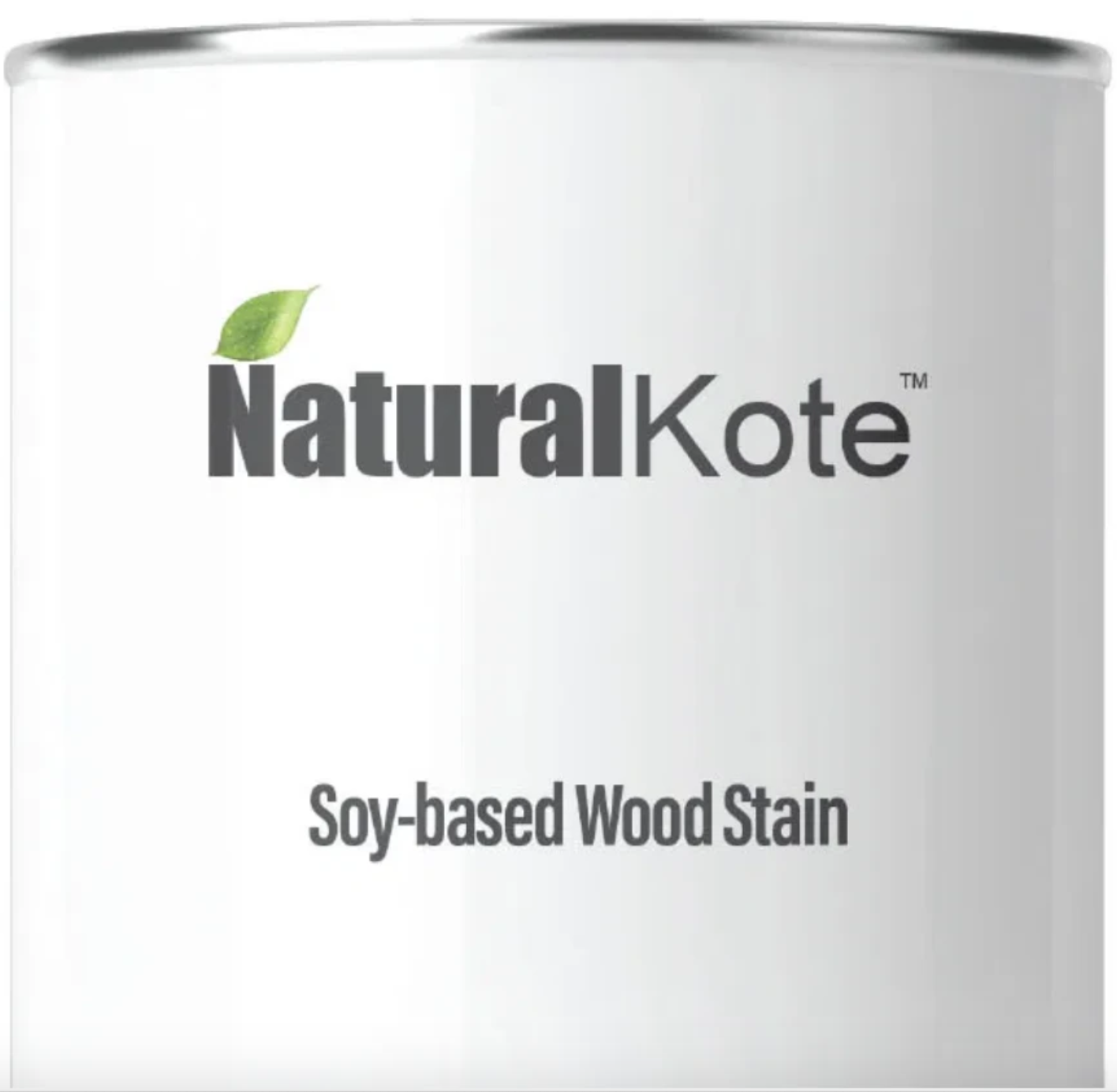Your Cart is Empty
FREE SHIPPING ON EVERY ORDER
Menu

FREE SHIPPING ON EVERY ORDER
Swings
Benches
Tables & Chairs
Home & Garden
How to Maintain Your Wooden Porch Swing
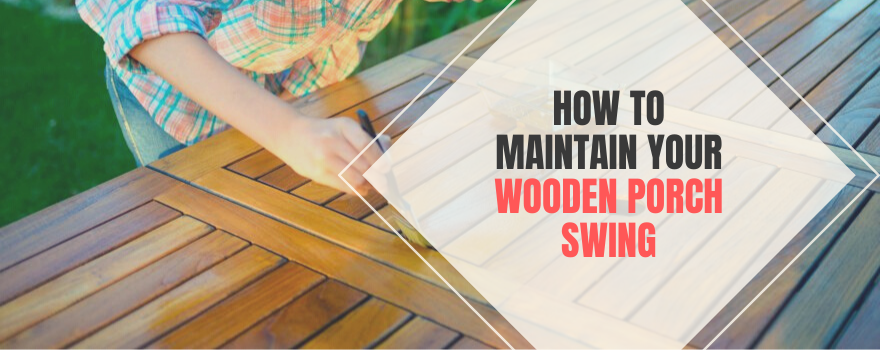
If you think back to your childhood, you'll probably remember several events involving a swing during playtime: it could be in the park, a playground, or in the backyard made out of an old tire. Porch swings are a timeless classic, and with it, recall fondest childhood memories.
There are different types of porch swings, and furniture designers are now coming up with different styles to match the buyer's unique preferences. Wooden porch swings remain the most popular pick because it gives patios and porches a definite rustic vibe. Buying and installing, is one part of owning a porch swing, maintaining it is a different story. To prevent accidents, and to prolong its aesthetic, you need to do regular maintenance and cleaning works on your porch swing.

Ways to Maintain Your Wooden Porch Swing
Checking the Hardware
Wobbly or Tilted Swings - Overtime, a porch swing may become wobbly. It could be a result of either poor installation or when weight distribution is uneven. Check for loose bolts, screws, and fasteners. Tighten as needed. If the thread is loose, it's time to look for replacement parts. Try to go back to the place where you bought your porch swing to see if they have the replacements you need. If they don't have it, they will likely point you to a place that sells those parts.
Check the chains too. Replace as soon as you see any sign of damage on one of its links. Most hardware stores carry replacement hangers for porch swings. Ask for appropriate tools to use when installing or replacing parts.You also need to check for hooks, bolts, and other hardware that might need tightening or due for replacement. Before installation or replacing the chain, count the number of links to ensure the appropriate length for your swing.
Tip: When buying a porch swing, check the load capacity to determine which is right for you and your family.

Repairing Damages in Wood
Most hardwoods like cedar and teak are very durable and weather-resistant, and while that is the case, it still needs regular maintenance if you want to prolong its color and keep it looking as good as new.
Removing Cracks and Splinters - Over time, wooden furniture can have raised grains, splinters, and cracks due to weathering. While there are outdoor furniture made of wood and is known for having excellent weather-resistant quality, softwood such as pine is more prone to these kinds of damage than hardwood.
Occasional sanding with fine sandpaper incorporated into your scheduled cleanup can remove splinters. For small cracks, you can use wood fillers that come in a variety of colors to match your porch swing finish. Some dry down to a white finish and are ready to be stained or painted.
Huge cracks will need more intensive repair. You can use wood glue and a clamp to join the wood back together. Another recommendation is to use polyester resin used in wood lamination. It creates a strong bond inside the crack, but it is harder to match the wood's natural finish. Whichever route you choose in repairing damages, ask hardware stores, home depots, and your porch swing store on other remedies.
Maintaining Finishes - If your porch swing is with a paint finish, you can quickly refresh it with a fresh coat of paint if it starts chipping or becomes too dull. Pinewood porch swings are more likely to come in painted finishes. For woods like teak and cedar, preferred for its natural finish, you can preserve the color by using special sealants.
Avoid varnishes and teak oil because these might damage the wood's natural oil responsible for keeping the wood free from mildew, rot, and insect resistant qualities. Instead, use sealants, cleaners, and coating meant for the specific type of wood for your porch swing.

Cleaning your Wooden Porch Swing
Wooden porch swings need minimal cleaning, occasionally needing a quick hose down and scrub with a soft sponge and mild soapy water. Clean and dry properly before sanding and sealing,
Remove water stains and grease stains as soon as you can to help make it easier to clean. There are many DIY suggestions on the internet on how to clean stains using toothpaste and baking soda. While most of these solutions are effective, take extra care when you do it on your own. A light sanding can also remove stains.
Other Tips:
Research on materials that are best suited to your climate and location to minimize the chances of damaging porch swing.
If your porch swing has a stand and intends to move it, use gravel or stone floor padding that won't collect water. Keeping it away from sprinklers is added protection.

Keep beverages, liquids, food, and hot items from touching your wooden porch swing to avoid stains. If you're having a party, use furniture covers and coasters to protect your porch swing.
During the winter months, store your porch swing indoors. If you don't have storage, wrap it with a waterproof furniture cover to protect it. Invest in breathable furniture protection that allows ventilation and prevents mold and mildew from forming. Cleaning it and sealing it before storage can make it look brand new when spring and summer rollover. To prevent molds, allow it to dry before storing.
When cleaning your porch swing, don't ignore the hardware. Dry and wipe it down with a little grease to prevent rusting. Before bleaching or applying any stain or paint, use in an inconspicuous area first to test it out. Seek the advice of a carpenter or your furniture provider if tasks are overwhelming. If you aren't much of a DIY-er, get the assistance of a professional. After all, your porch swing is an investment you don't want to waste.
Also in News
US
United States
Dec 14, 2025 15:18
Product Tag :
Product Collection :
×
